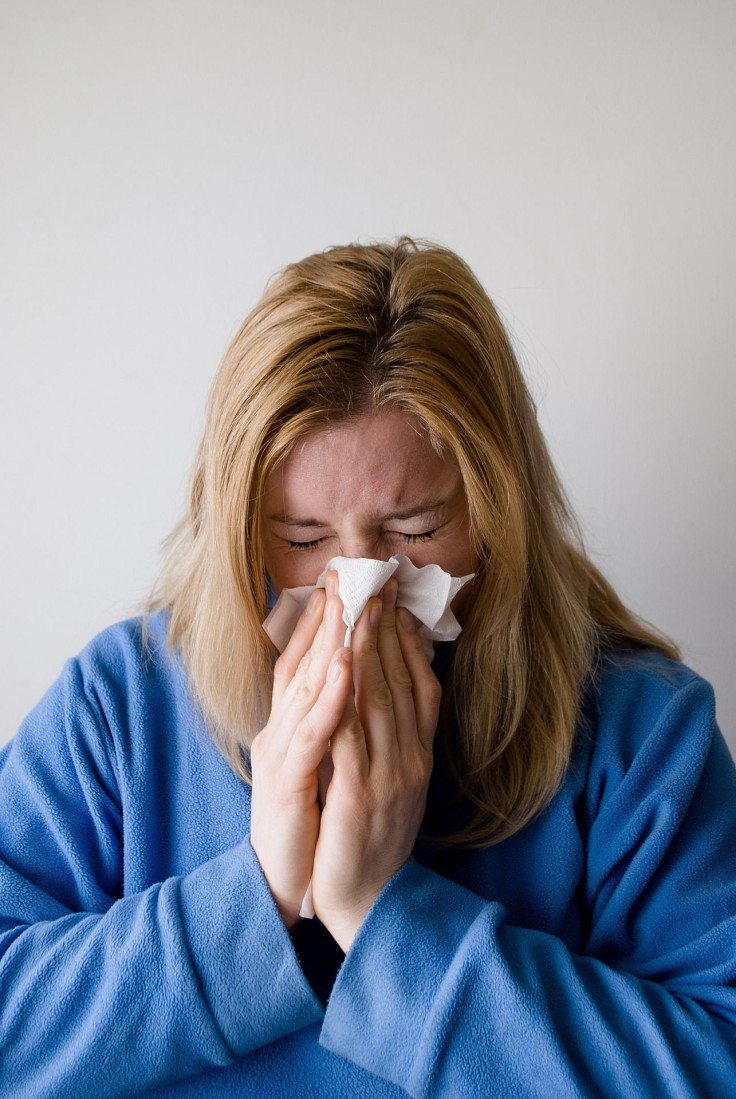Flu Season 2017: Could A Breathalyzer Do More Than Just Detect Alcohol? New Device Can Be Used To Tell When You Have Influenza

Breathalyzers soon might be used for more than just detecting one too many drinks.
A scientist at The University of Arlington has created a handheld breath monitor that can detect the first signs of the flu virus. Perena Gouma, Ph.D., used nanotechnology to create a breathalyzer like the ones used by police to test blood alcohol levels.
Existing medical research shows that certain medical illnesses can be detected by substances in the breath. For example, those with asthma have higher levels of nitric oxide while acetone is a measurable biomarker for diabetes.
Gouma created her device using nitric oxide, isoprene and ammonia sensors to detect the flu. She found that the breathalyzer was able to detect the flu virus almost as well as the tests performed by doctors.
In an email to Medical Daily, Gouma says the device is meant to be used by individuals, whether at home, in the office or at school as a personalized monitoring tool — think of a thermometer.
In most cases, seeking medical help for the flu is unnecessary as at-home treatments and over-the-counter medications are often prescribed for the virus, which can’t be cleared up with antibiotics. This new invention would save people the trip and cost of going to the doctor.
“At the same time, adding wireless capability to the device will enable the individual to send the results of the breath test to his/her doctor in real-time, if desired or needed,” says Gouma. “But the idea is to reduce the workload in the doctors' offices.” Gouma also asserts the device will help minimize exposure, contain the spread of illness and reduce the cost of healthcare.
Prior to nanotechnology, as used by the device, the only way to detect biomakers in the breath was by using expensive, technical lab equipment.
The professor tells Medical Daily that diagnostic breathalyzers could revolutionize medical care. Her next project will be to work on breath sensors that detect cancer early on, particularly lung cancer, which is often called the silent killer.
See Also:
Published by Medicaldaily.com



























